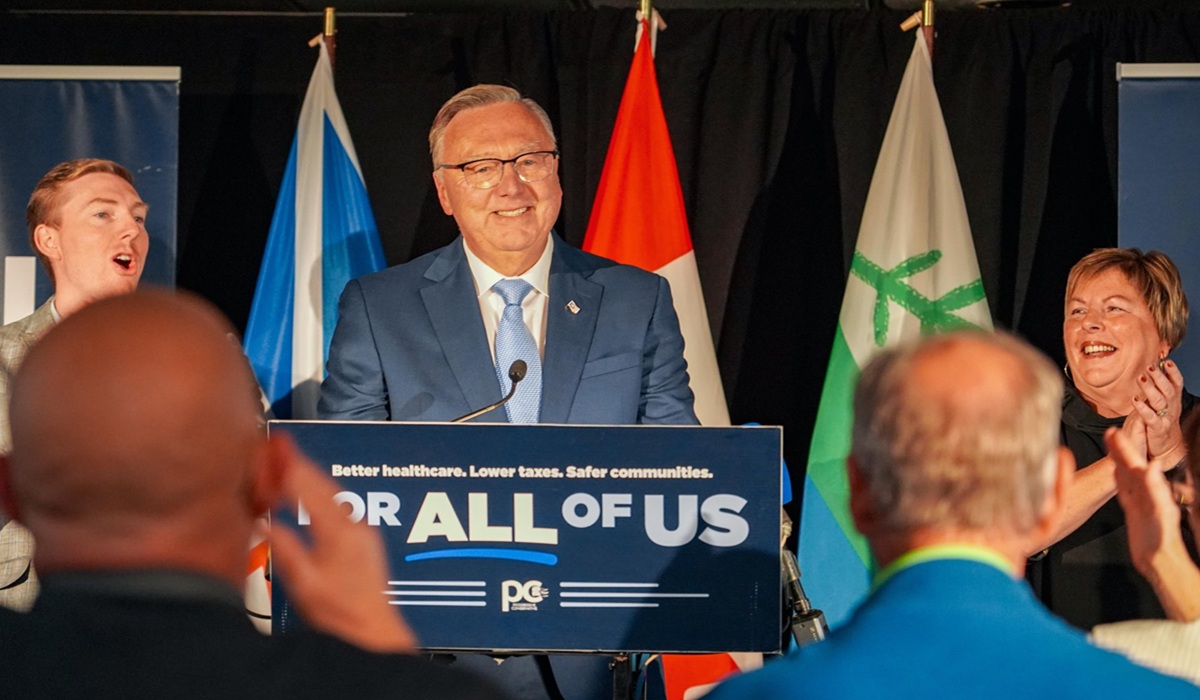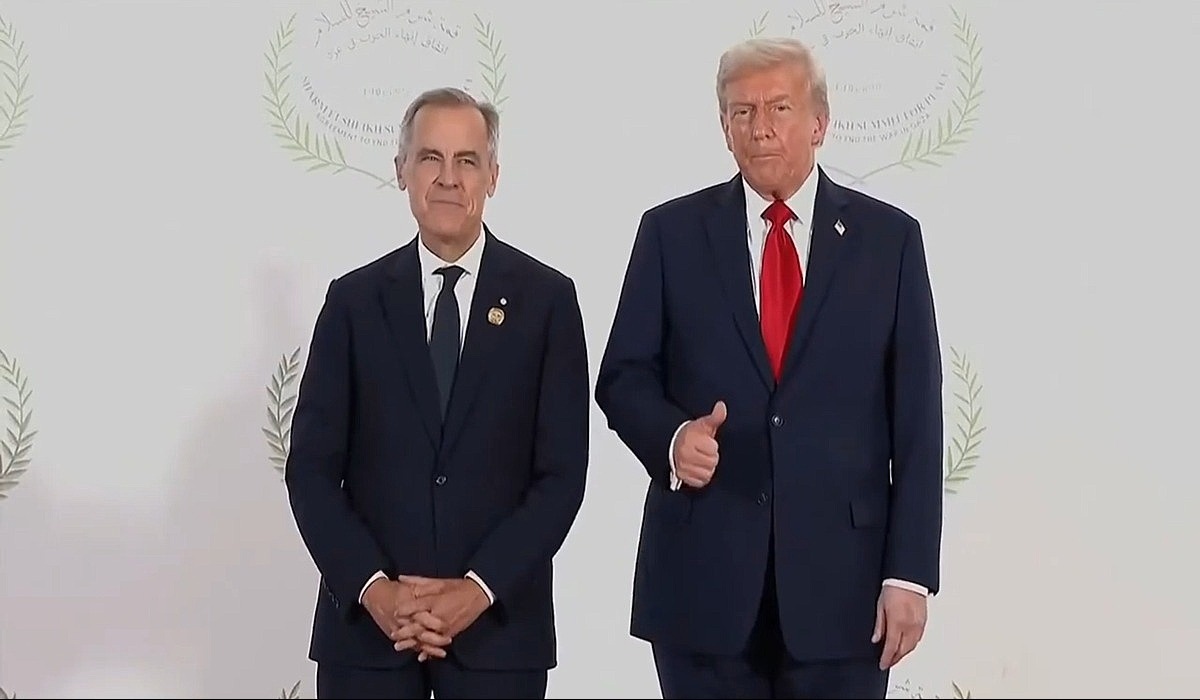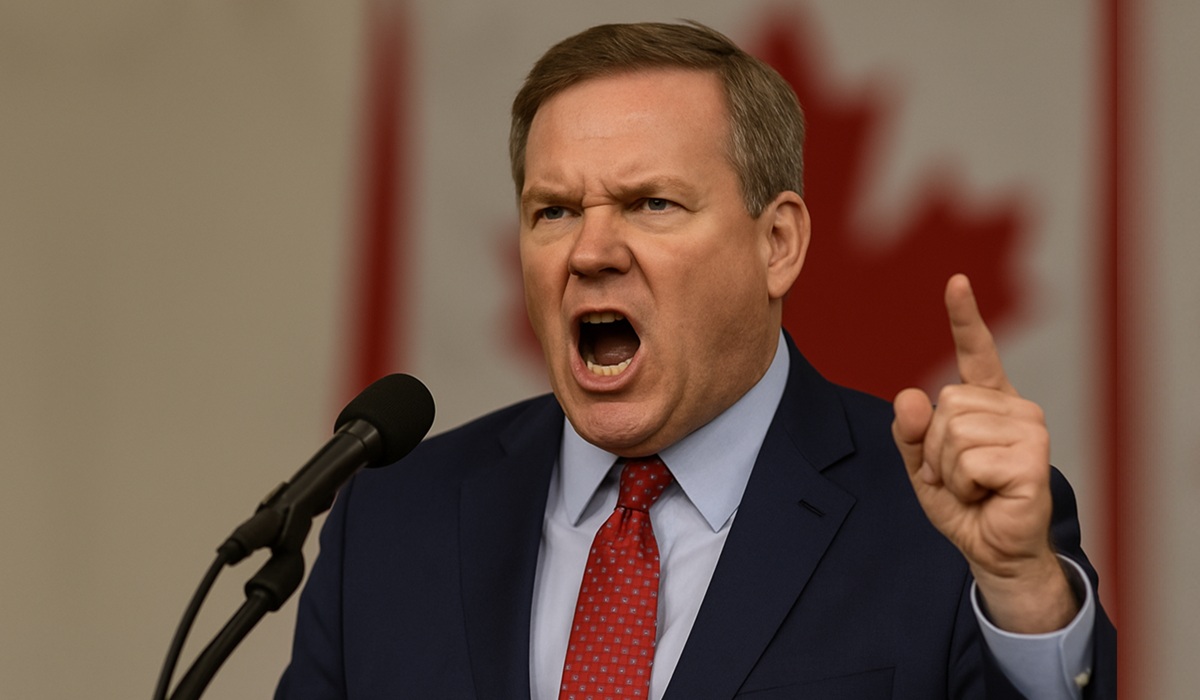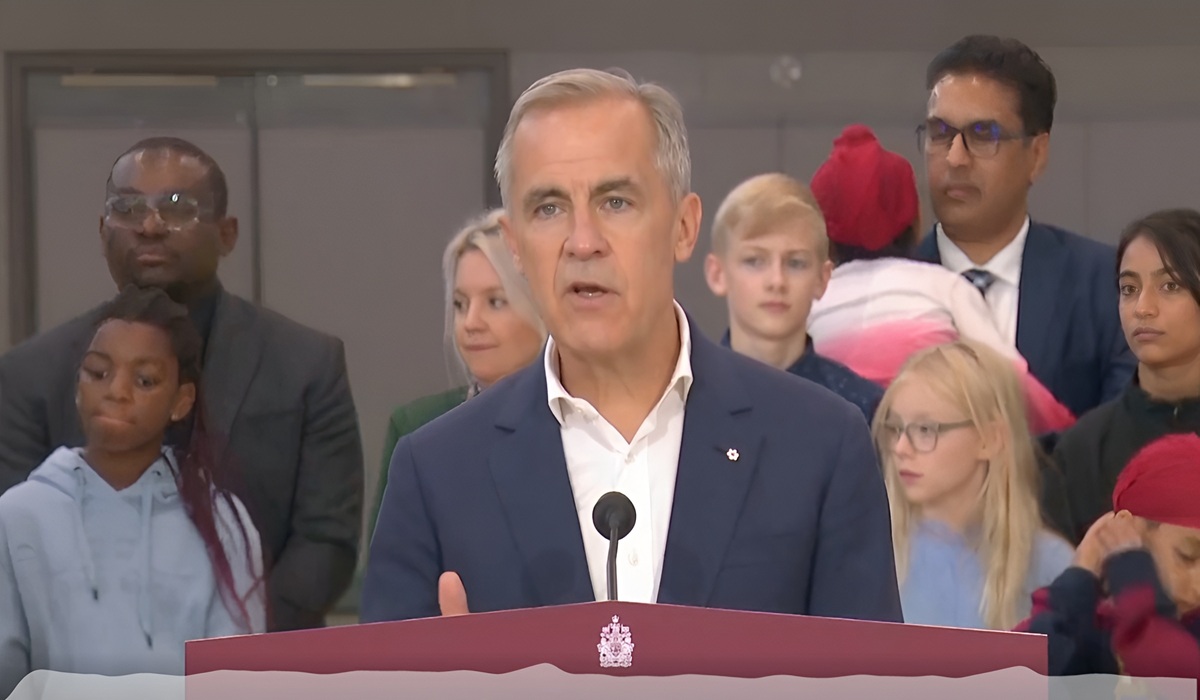Tony Wakeham’s Victory Redraws Newfoundland and Labrador’s Political Map
- Naomi Dela Cruz
- Canada
- October 15, 2025

Image Credit: Wakeham social media
St. John’s, N.L. – Tony Wakeham and the Progressive Conservative Party secured a narrow but decisive victory in Newfoundland and Labrador’s provincial election last night, ending a decade of Liberal rule and ushering in a new political era for Canada’s easternmost province.
Wakeham’s Progressive Conservatives won 21 of the 40 seats in the House of Assembly, just enough for a majority government. The Liberals, led by Premier John Hogan, were reduced to 15 seats, while the New Democratic Party retained two. The result marks the first Progressive Conservative majority since 2011, signaling a clear desire among voters for change after years of economic uncertainty and strained public services.
Before last night’s vote, the Liberals had governed Newfoundland and Labrador since 2015. Hogan, who only became premier in May 2025 following Andrew Furey’s resignation, was unable to reverse the growing perception that the party had become stagnant and disconnected from everyday struggles faced by residents. Although Hogan held on to his own seat in Windsor Lake, the Liberals’ loss was seen as a rejection of their approach to the province’s mounting financial and social challenges.
Wakeham, now premier-designate, campaigned on a promise to refocus government priorities on affordability, health care, and local control over natural resources. He pledged to reform the strained health system, tackle the rising cost of living, and pursue fairer energy agreements, including a review of the Churchill Falls memorandum of understanding. His message resonated particularly in rural regions, where frustration has been mounting over access to services and the sense that prosperity has bypassed smaller communities.
Speaking to supporters after the results were announced, Wakeham described the election as a “vote for everyday Newfoundlanders and Labradorians who want government to listen, not lecture.” He emphasized “pocketbook issues” as the cornerstone of his campaign, reflecting a broader national trend of economic discontent and voter fatigue with established parties.
Analysts attribute the Progressive Conservatives’ comeback to growing concerns about cost of living pressures, health care wait times, and limited housing availability. The Liberals’ handling of public debt and energy policy also played a central role, with critics accusing the government of mismanaging revenue opportunities while households faced higher taxes and utility bills.
The outcome has broader political implications beyond the province. Federal Conservative Leader Pierre Poilievre quickly congratulated Wakeham, saying he looked forward to working together on economic growth, resource development, and public safety. The shift aligns Newfoundland and Labrador more closely with the conservative wave seen across several provinces in recent years, potentially altering the province’s relationship with Ottawa on key issues such as equalization payments and offshore energy development.
Despite the celebration, Wakeham’s majority is slim—a one-seat cushion that will demand careful management and party discipline. His government inherits a series of complex challenges: stabilizing provincial finances, expanding affordable housing, reducing health care wait times, and negotiating new terms for resource and energy projects. The expectations placed on Wakeham’s leadership are high, and even minor missteps could quickly destabilize his government.
Still, for many voters, the result represents hope for renewal. After years of political fatigue and economic strain, Tony Wakeham’s win signals a demand for accountability and a fresh approach to Newfoundland and Labrador’s future. The task before him is immense—restoring confidence, revitalizing the economy, and ensuring that every community, from St. John’s to Labrador West, feels the impact of his promise for change.
For now, Wakeham’s victory marks not just a change in leadership, but a turning point in the province’s political story—a province ready to chart a new course after years of uncertainty, with cautious optimism guiding its next chapter.








